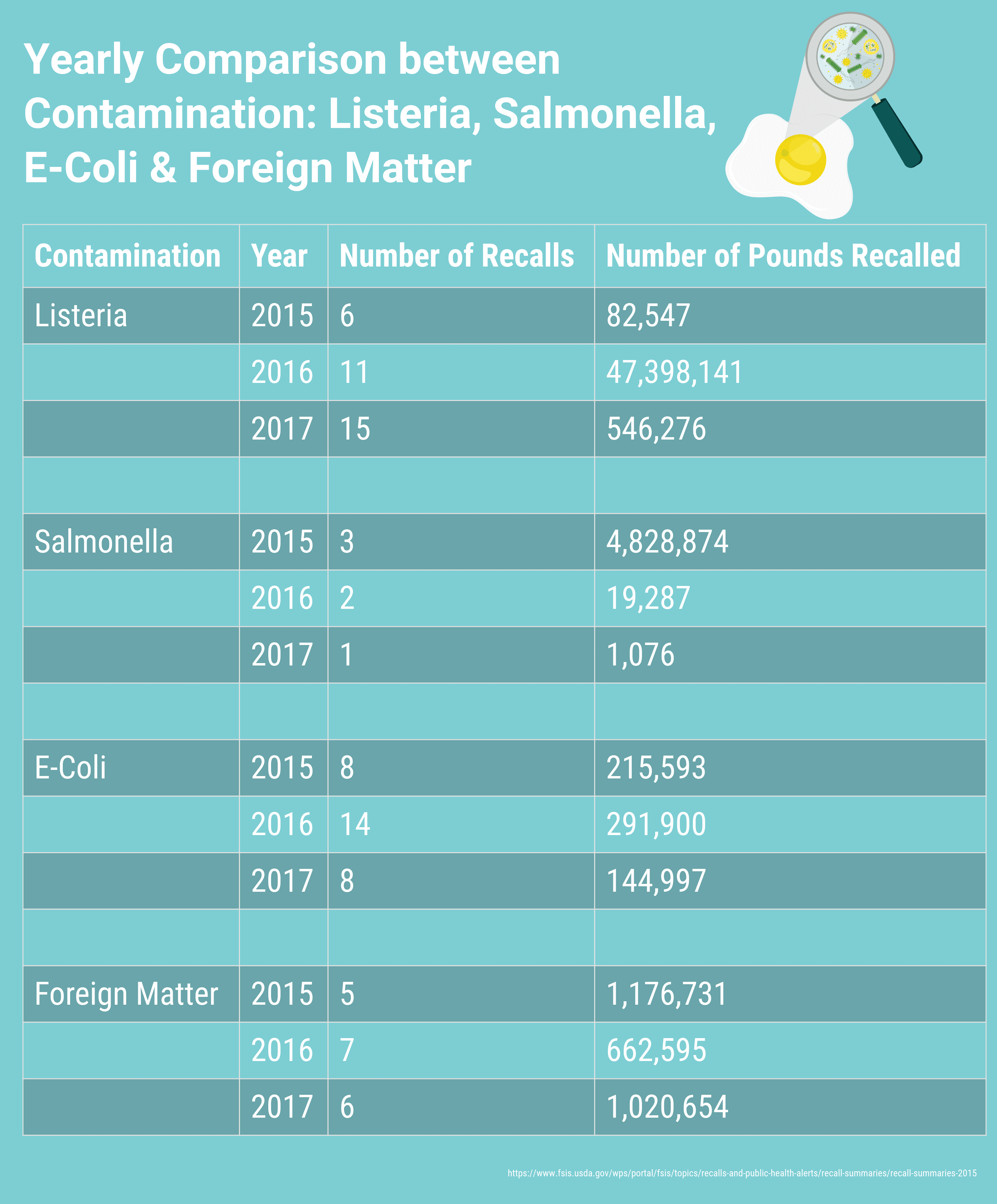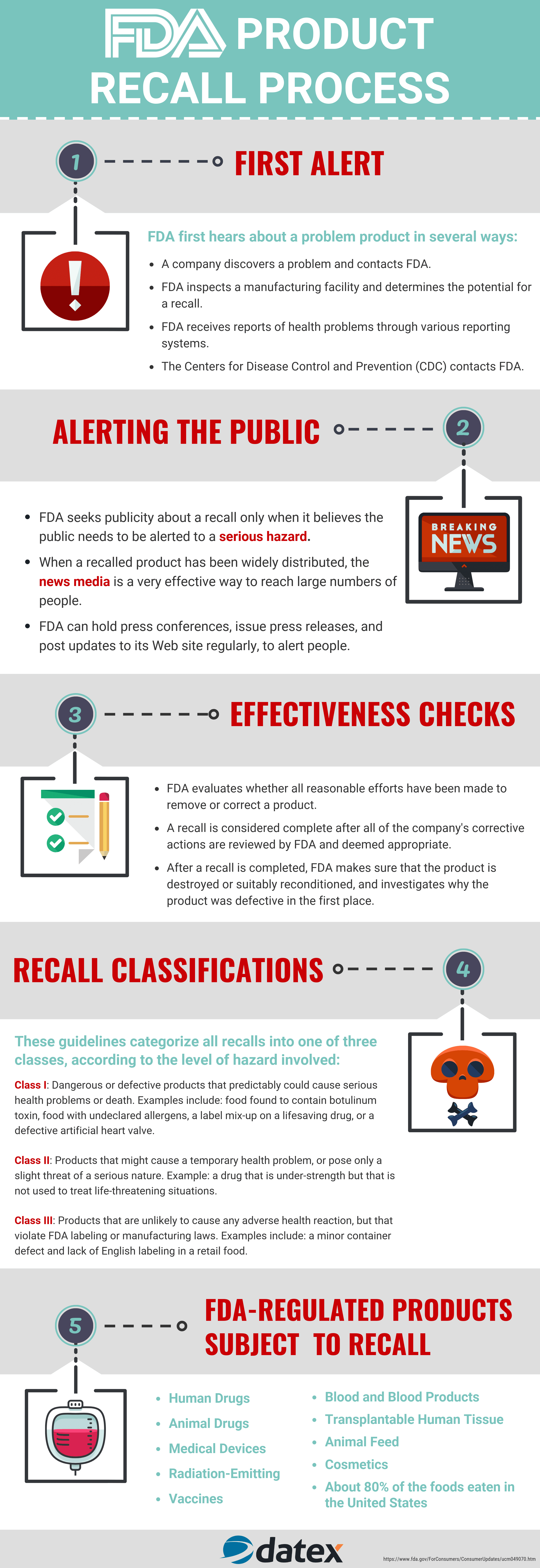Romaine Lettuce, E-Coli and the Path to Blockchain
Recent foodborne illness outbreaks underscore the need for traceability and help bolster the case for the use of blockchain technologyReports of Romaine Lettuce Contamination Crop Up in 19 States
Food safety and food safety education for consumers are essential ingredients in the recipe for healthy American consumers. Across the United States, from farms to dinner tables, Americans are concerned about food product contamination, including that of the recent outbreak related to romaine lettuce grown in Yuma Arizona.
Preventing foodborne illness and safeguarding the public health requires getting accurate information to consumers quickly to enable the disposal of unsafe foods.
As of this today, according to the Centers for Disease Control and Prevention (CDC), there are 84 cases that can be attributed to


The effort to uncover causation, track and trace of food products across the food supply chain and verification takes time and while it occurs, other consumers are put at risk. In the recent incident involving romaine lettuce, valuable information was obtained early that helped to identify the culprit. One of the earliest segments of affected consumers included 8 prisoners occupying the Anvil Mountain Correctional Center in Nome Alaska. This small closed population helped researchers to identify that whole head and chopped romaine lettuce from Yuma Arizona was the source of the outbreak. Because prisoners have limited access to food and were all in the same location, it was easier to determine exposure to the contaminated food product.
Tracing Food Products During Foodborne Illness Outbreaks
How do researchers “connect the dots” when investigating incidents involving foodborne illness? Interviews and victim reports provide vital clues and useful information for investigators to follow. Ironically, in most instances, that is relatively easy compared to tracking down the specific produce growers, processors, packers and distributors that handled the product.
This is
FDA Regulations Involving Food Traceability
The primary food safety authority, the Food and Drug Administration posts updates on outbreaks of foodborne illness as well as information on recalls and alerts on its website in order to safeguard the public health and aid in disease prevention efforts. The two primary FDA regulations which involve the traceability of food products are the Bioterrorism Act of 2002 (also known as the Public Health Security and Bioterrorism Preparedness and Response Act of 2002) and the Food Safety Modernization Act of 2011 (FSMA). The FDA Bioterrorism Act of 2002 mandates the “one step forward, one step back” traceability requirement. In other words, every facility along the supply chain network must show where a food product is going as well as where it had been before reaching that respective facility.
To help protect food security, the Food Safety and Modernization Act expands and provides support for the Bioterrorism Act of 2002. The regulation mandates that facilities establish and execute a food safety system including preventative controls and a food product recall plan. FSMA represents a fundamental shift in policy from responding to food illness to preventing it. FSMA mandates that the FDA establish systems that enhance the capability of effectively tracking and tracing food.
As part of the FSMA regulation, the Food and Drug Administration must issue regulations regarding improved recordkeeping for items it has determined and notifies the public are “
The system is required to be technologically neutral and science-based. The burdens of the additional requirements of the recordkeeping system must be outweighed by the benefits. FSMA does not require tracking of the complete pedigree of information and does not require food product tracing to the case level. Grocery retailers which purchase directly from farms are not required to follow the same recordkeeping requirements for those food products but must retain records documenting the source of the food for 180 days.
Blockchain Enables Food Product Traceability Across Supply Chain Networks
The project connects supply chain logistics industry key players including growers, processors, distributors, suppliers, retailers
Blockchain can provide traceability of food products in seconds rather than days. A Walmart-IBM blockchain traceability test involving mangoes in the U.S. made this point evident.
Walmart used its traditional method of traceability to trace mangoes back to their original source. This took 6 days, 18 hours and 26 minutes. Blockchain was able to do this in only 2.2 seconds and provided additional information that had previously been unavailable to Walmart. Blockchain can be layered on top of existing supply chain technology systems using EDI or ASN data feeds to populate the path as products are added.
Conclusion
The recent foodborne illness involving romaine lettuce showcases the challenges that retailers, consumers
Blockchain enables fast, accurate, detailed information about food product traceability. This has been demonstrated to save retailers and others across the supply chain time and money and helps to improve the health and safety of consumers.
The food industry plays a critical role in food defense, making sure that consumers are made aware of risks from unsafe foods and health information
What Makes Datex Different?
1. Revolutionary low code/no code flexible workflow-driven warehouse management software
2. Most configurable, user-friendly WMS on the market today
3. End-to-end solution provider: software, hardware, EDI, and managed services
4. White Glove Concierge Service
5. Executive-level attention and oversight







